Succulent plants may store water in any organ of the plant body. Usually, leaves or stems are used for this purpose, but water can also be stored in the roots.
For this reason we speak of leaf, stem and root succulents. In certain plants the distinction is not so clear-cut, because they use more than one organ for water storage. The subject of this post is a case in point.
The first four pictures were made in winter and spring (between mid July and mid October) and clearly show that the species is a leaf succulent.
Or, so it would seem. The last two photos were made in summer (late January). In #5, most of the leaves have disappeared and the plant was only found because the fruits stand out against the background. In #6, the knife points at a plant at either side of it and here too, very little of the leaves is left.
This begs the question how these plants can survive the drought and heat of the remaining summer period. For the answer we have to go beneath the surface (literally). When we do that, we will find a nice fat tuberous rootstock with enough storage capacity for the plants to aestivate (spend the summer in a dormant state).
The species is only found in a small area near Laingsburg, where most of the rainfall occurs in winter.
To give you some idea of the size of the plants: the leaves are up to about 20 mm long, 8 mm wide and 4-4.5 mm thick.
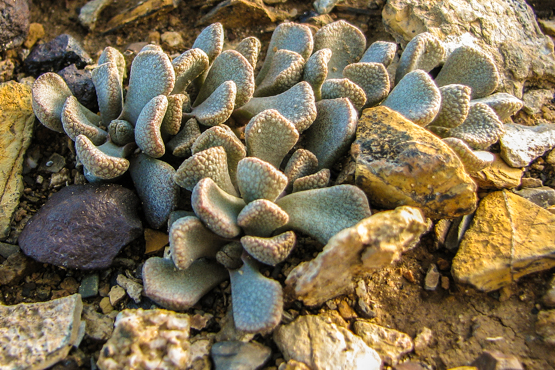

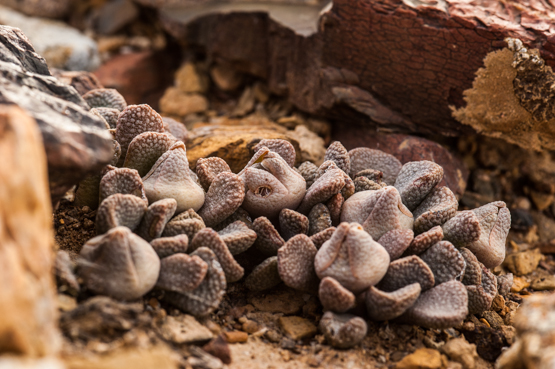
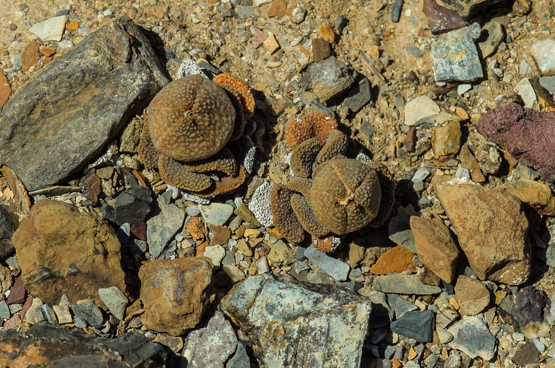
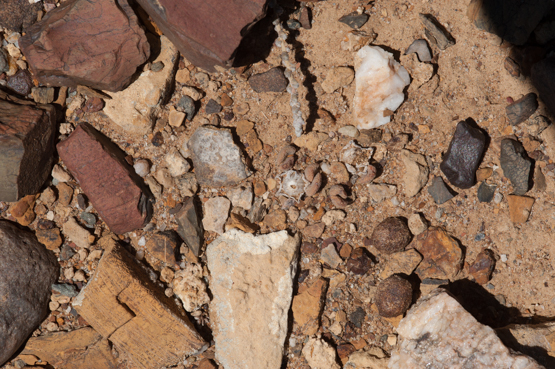
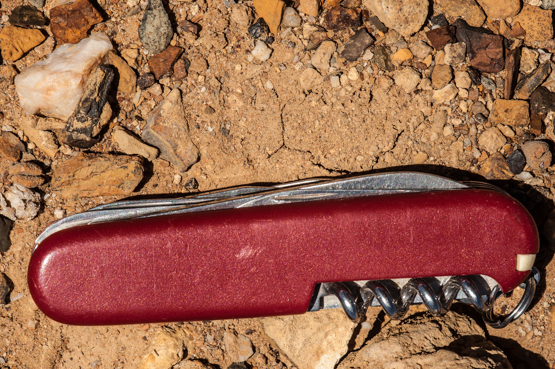
Thank you so much enjoy all your postings, they make my day! In love with succulents….wish we had a comprehensive book but then many are not even discovered maybe? I do have the two smaller books which are very useful “Succulents of South Africa” van Jaarsveld et.al.
and “Guide to Succulents of Southern Africa” Smith & Crouch. I was lucky to get “The Complete Encyclopedia of Succulents” by the two Czech authors Jezek & Kunte, which I believe is now out of print. Its not a huge book so nice to handle. Have a great day and thank you!
Very cool!